Day 1 Session Notes–5 Antifragile Strategies for a DesignOps 2.0
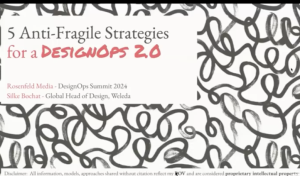
— My name is Silke Bochat
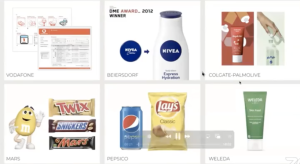
— I’m coming from CPG space and joined Mars in 2011 and had eye-opening experience that running global programs at enterprise level, which inspired my entire career to not just think of product level, but enterprise impact
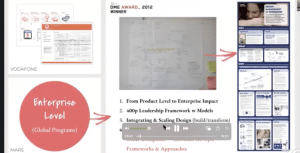
— I created a leadership framework with four-hundred pages on integrating and scaling design
- Reason shared as ops existed in several other design disciplines for decades
- Brand design, industrial design can find shortcuts for ops, frameworks and approaches
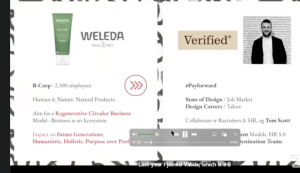
— Last year joined Weleda, a company that thinks in terms of future generations and that inspired me with my own design career
- This new model inspire this presentation
— Noticed layers that was going on in design community
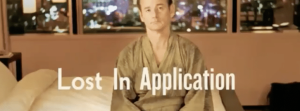
— People feel lost in application process for a job and wondering where this struggle is coming from
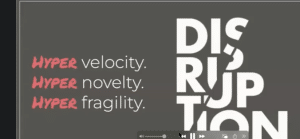
— Design has been disrupted and companies are shifting from good times behavior to fragile times behavior
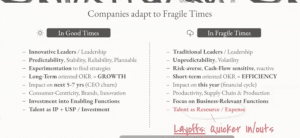
— There is now a focus on risk-aversion and short-term thinking
- Less focus on impact for next 5-7 years, and more focus to this years cycle
— Enabling functions are no longer invested, and focus now on business relevant function, so quick layoffs to drive transformation
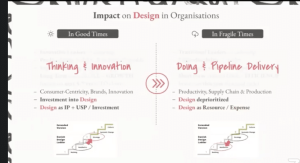
— Design was seen as enabling function, but now it’s much more about delivery and scene as resources are stretched
- Design maturity stepped down
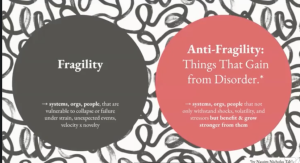
— This will stick around, as economy is fragile
— Fragility is where any event can shake us up
- How can we move to anti-fragility and benefit from disorder and chaos
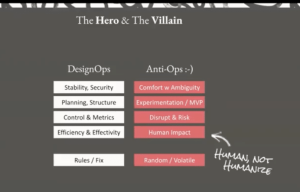
— DesignOps is all about reacting to fragility, but can we have more experimentation and comfort with ambiguity in DesignOps
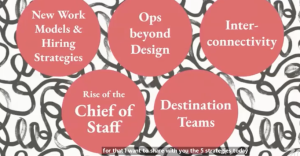
— Five strategies, I’ll share with you: new work models, and hiring strategies
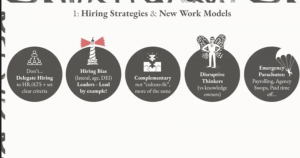
- New Models— ten ideas to share
- Hiring Managers shouldn’t delegate hiring to HR and automated systems and set clear criteria on job descriptions
- HR typically won’t have design acumen for properly hiring employees
- Watch out for your own hiring bias, and look at diversity of team— focusing on age as well
- Consider complementary thinkers for the team, as opposed to just cultural fit
- Consider disruptive thinkers as well
- Emergency parachutes for re-orgs and reach out to people in case of first signals of re-org
- Hiring Managers shouldn’t delegate hiring to HR and automated systems and set clear criteria on job descriptions
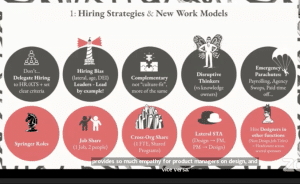
- New Work Models
- Springer Role to reduce work volume into roles that move work forward
- Job-sharing for two people to split
- Cross-org sharing and running shared programs for two companies
- Short-term assignments with product managers going into design and vice-versa to build empathy
- Hire design across different functions to get designers in and spread headcount across sponsors
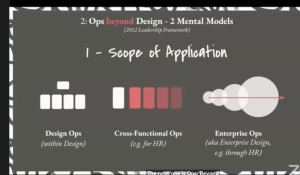
— Scope of application, and looking at ops skills for other functions
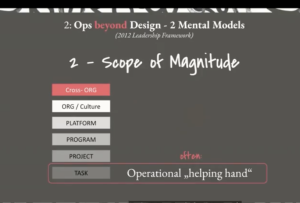
— Look at scope of tasks, and whether you are working on org-level and if doing tasks can become operational helping had
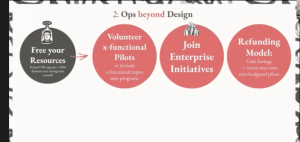
— Free resources, as most stakeholders don’t know how much capacity designers have and you can invest excess capacity into pilots that you have sponsors for
- You can volunteer for cross-functional pilot, as well as joint enterprise initiatives
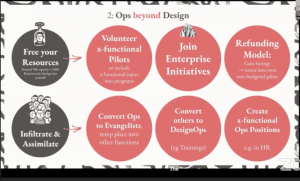
— Convert ops into evangelist to talk about design and educate people on value of design, and cross-functional positions in HR
- Then infiltrate and assimilate and send ops to other functions for period of time
— Will share two jobs in market to show cross functional design experiences
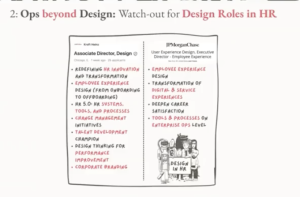
— Example of design role that redefines HR innovation and system tools and processes, and the roles are fascinating— spread design capabilities into other teams
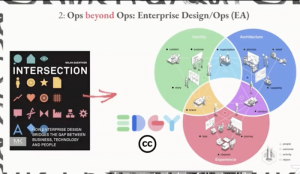
— Would like to speak to enterprise design level work and the Edgy model based on the book Intersection
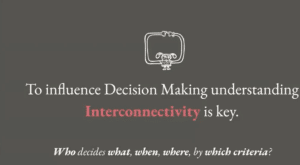
— To influence decision making, ask how it’s all connected
- Who decides what, when, where, and by which criteria?
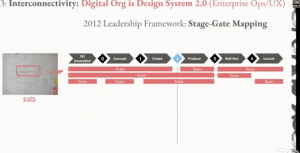
— See the following stage gate process to filter out valuable ideas, and how AI can get into the role
- Phases might have different names, but similar process
— Gate of no return, once locked, where product goes to market
- Where are decisions made and when team is involved
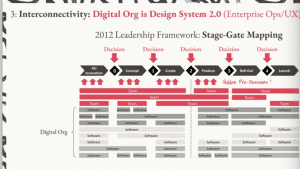
— Decisions are not done by top managers at gates, but often done by junior people
- Need seat at table as AI is getting involved in process
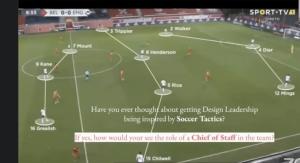
— Next, let’s focus on Chief of Staff, leveraging analogy of soccer tactics
- Design teams mirror org structures, so where does chief of staff come in
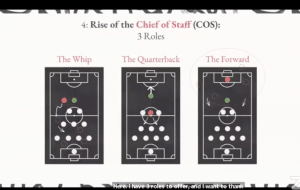
— Will reference three roles
- The Whip
- The Quarterback
- The Forward
— Term of the whip and current role
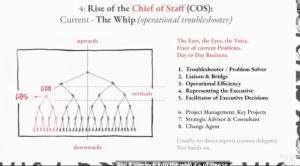
— Have chief of staff, in whip role, as troubleshooter who does liaison and bridging work
- Not hands-on, but ears and eyes of current problems in day-to-day business
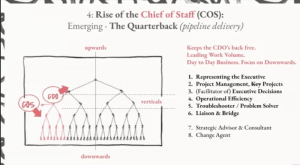
— There’s also a quarterback role that focuses on pipeline delivery and keeping chief design officer free for high-level tasks, and running project management so chief design manager has space to look into the future
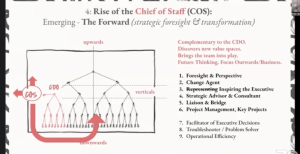
— They also can have a strategic foresight and transformation
- CoS complementing chief design officer and inspire him or her
— Discovering new values spaces
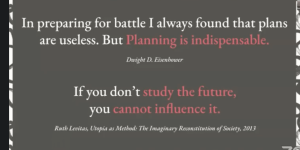
— Two quotes for destination teams
- Don’t know what’s coming, or future, but doing nothing is not an option — if you don’t study future you can’t influence it
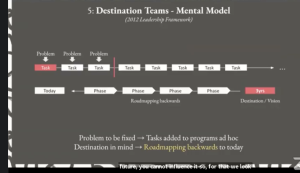
— Look at another model of leadership framework that focuses on working backwards from a general vision to get the results we want for today
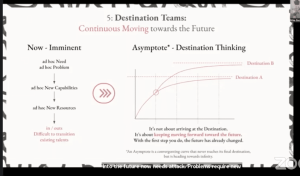
— This thinking shifts you know from ad-hoc problems to the future
— Ad-hoc problems prevent you from thinking of future
- Focus on asymptote of destination thinking and keeping things going forward in right direction
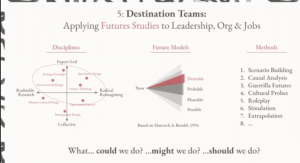
— Can also leverage future studies, along with strategic foresight and think about likely future from improbable to desirable
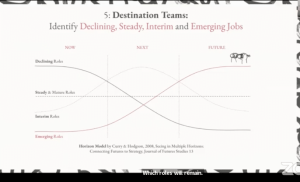
— In context, you can then identify which roles will remain, and which will emerge and look at weak signals
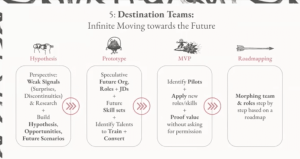
— Identify skillset you need and future roles and identify pilot and proof value without asking for permission
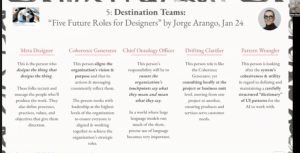
— What if you applied all anti-fragile strategies to team?You would be anti-fragile for whatever comes

